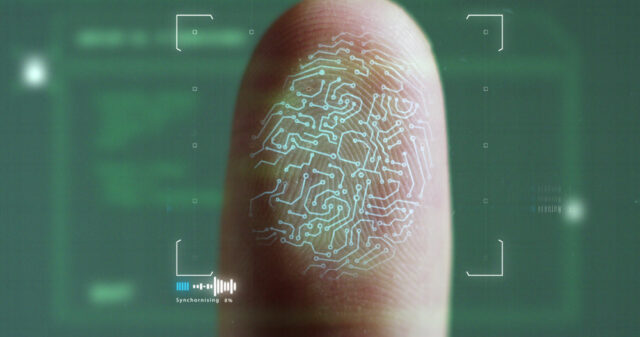
ACS-2022: Why Biometrics Can’t Create a Future Without Passwords?
Analytical user surveys conducted by Verizon Data Breach confirmed that 80% of data breaches are the result of weak passwords being stolen. And based on new epidemiological hygiene regulations and requirements for contactless access methods, many organizations are striving for a future without passwords. How realistic is this? Let’s look into it.
Is a future without passwords possible?
Many think that a world without passwords will be built on biometrics, namely:
- on hand and finger dactyloscopy;
- iris scanning;
- facial recognition.
Already today, biometric entry into access and control systems is expanding its boundaries. It is expected that biometric ACS, as part of the global high-tech market, will have grown to $59 billion by 2025.
The problem, however, is that this mechanism does not give users one hundred percent protection. And we are talking about the largest security corporations, the global banking structure, as well as marketing ecosystems that store data inappropriately. More and more often there are reports that thousands-millions of personal data have entered the Web. In particular, 96.5 million records of personal data and payment information “leaked” in the Russian Federation in the first nine months of 2020 (according to InfoWatch).
Features of biometric authentication
Most users make the mistake of thinking biometric authentication can work without passwords. In fact, a password is an integral part of it, sometimes invisible.
Action algorithm:
- A person touches a biometric reader to gain access;
- A “true-false” query algorithm is triggered that determines whether access is possible;
- the built-in identifier retrieves the password saved by the system user. Then sends it to the specified resource (application, site);
- accordingly, the password is still in use, although the user does not see these processes.
It can be concluded that the biometric ACS 2022 is very convenient for people, but it works on the basis of internal passwords, creates a reliable combination preventing unauthorized intrusion into the system.
Password management + multi-factor authentication
For optimal use of an ACS video surveillance system, you need to implement software designed to create and manage passwords, as well as store them securely.
Multi-factor authentication is recommended to protect accounts and video archives.
The ideal solution would be a combination of a unique strong password (the first factor) + a device/application for generating a temporary one-time password (the second factor). It is best not to use text messages, as they may be intercepted by intruders.
More information about ACS
To learn about mobile authentication options, read the article “Mobile ACS reader: 4 top products on the market“.
How to choose SIM-card for access control and management system, read “Detailed guide to choosing a smart card for ACS“.
Read about the protocols of video surveillance-ACS integration here.
Faceter
When it comes to accessibility to facial recognition services, check out the software from Faceter.
Thanks to a decentralized token-based system and a cloud-based method of data storage, the service provides maximum identification accuracy of 99.8% and maximum data security.
Notably, the service can be connected to both digital video cameras and mobile devices. In particular, the biometric recognition system can bring tangible benefits in the field of commerce and ACS.
Conclusion
Biometric identification systems are created on the basis of stored passwords, which are necessary for internal operation. Since their involvement is not obvious to the end-user, utopian ideas of a world without passwords are born.














